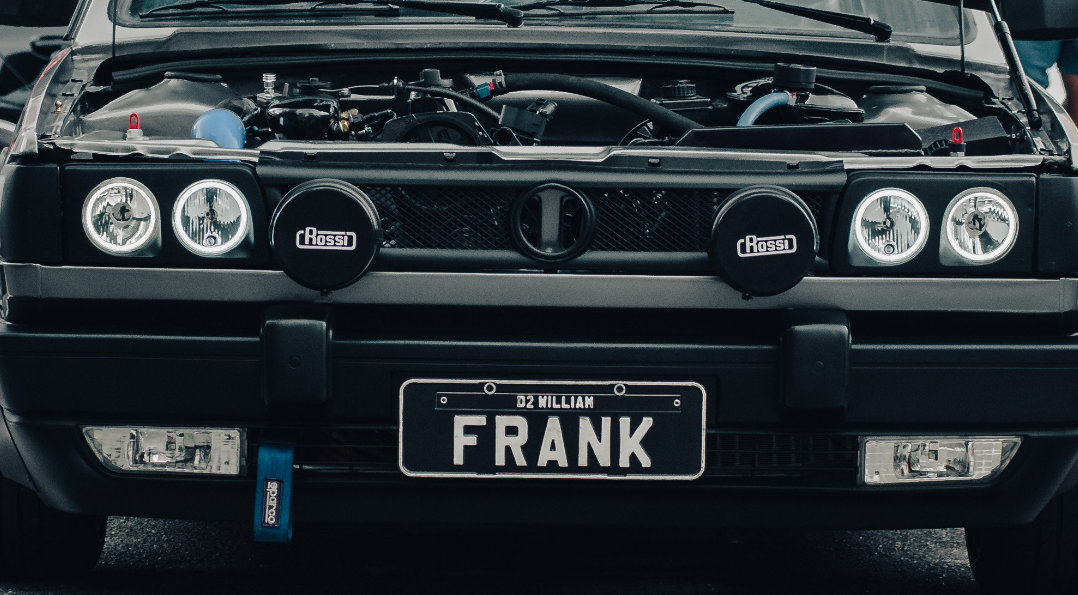
Personalised number plates remain big business. The DVLA has raised £1.8 billion for the Treasury since 1989 in number plate sales through its auctions and website. There are millions of plates currently available via the DVLA while lots of private companies also offer excellent deals on cherished marks.
If you’re thinking of using car leasing or contract hire to buy a car with a personalised plate, it is important to take care. A leading vehicle information expert has warned that some unscrupulous dealers use a plate change to hide the true identity of a vehicle and so it can pay to check your car’s history before you buy. Keep reading to find out more…
Number plate change could be hiding a car’s dodgy history
The DVLA made £67 million from the sale of personalised number plates in 2012 and, as well as hiding the age of your vehicle, they can be a great gift for a friend or family member. However, vehicle information expert HPI are warning car buyers that a number plate change could be hiding information about the history of the vehicle.
More than 1 in 5 cars checked with HPI in the past year have had at least one number plate change. Whilst many of these plate changes are made after the buying or selling of a personalised number place, unscrupulous sellers can also use a plate change to hide a vehicle’s true identity.
HPI say that a vehicle that has had a registration plate transfer could be hiding a wealth of problems and they recommend that motorists conduct a vehicle history check to be sure that the car isn’t stolen.
Shane Teskey from HPI said: “With over 39 million personalised plates to choose from at the DVLA, it’s a fun gift… and most plate changes are honest. However, some sellers have more sinister motives, putting used car buyers at risk of losing their cash and the car, if it turns out to be stolen.
“A plate change could be hiding a cloned vehicle. This is when a stolen car is given the identity of a legitimate vehicle to disguise its stolen status. A history check cross-references the Vehicle Registration Mark (VRM) and the Vehicle Identification Number (VIN) – otherwise known as the chassis number – matching them against the vehicle’s official history to see if it all correlates, as well as checking its previous plates. This should uncover any discrepancies and save buyers from making a costly mistake.”
Online vehicle history checks can help you avoid buying a stolen car
Online vehicle checks can also protect you in other ways. They will also typically confirm whether a vehicle is currently recorded as stolen with the police, has outstanding finance against it or has been written-off. Many checks also offer insurance against the information being inaccurate.
Mr Teskey added: “HPI reveals over 30 vehicles are identified as stolen vehicles every day and 1 in 4 vehicles checked on our website are reported as having outstanding finance, illustrating the risks buyers face. It’s easy to let your heart rule your head when it comes to gifts, but used car buyers need to be aware that plate changes aren’t always an act of love.
“All too often, we see plate changes that have evidently been made to disguise the current status of a vehicle or obscure its age or history. Motorists can take steps to protect themselves from fraudsters and the risk of picking up a car with a misleading or problematic number plate.”
